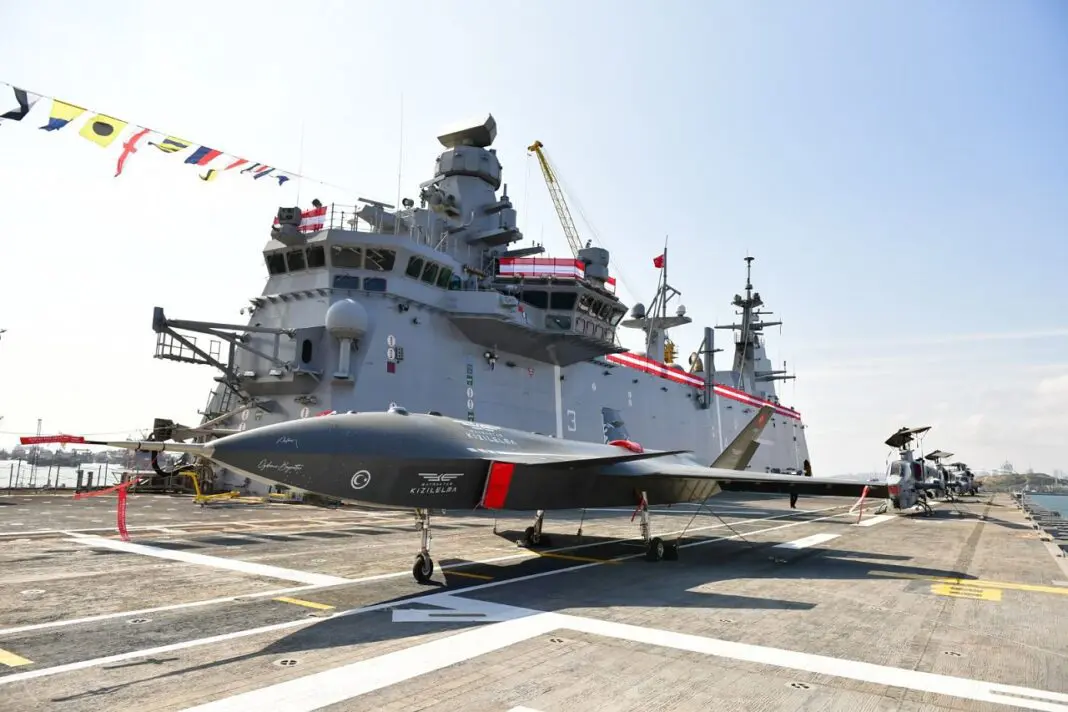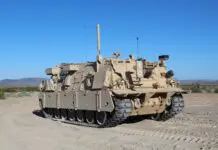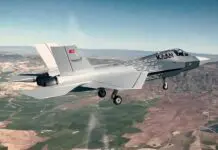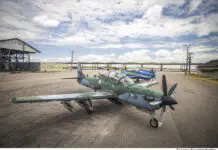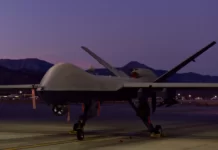At the beginning of the year, Turkey announced its plans to advance in the design and construction of a new aircraft carrier. This news was revealed in January at the meeting of the Turkey Defense Industry Executive Committee, chaired by President Recep Tayyip Erdogan. Since then, there has been much speculation about some of the characteristics of this new flagship for the Turkish Navy, as well as the qualitative and quantitative leap that the country’s naval industry will make if this achievement is successful.
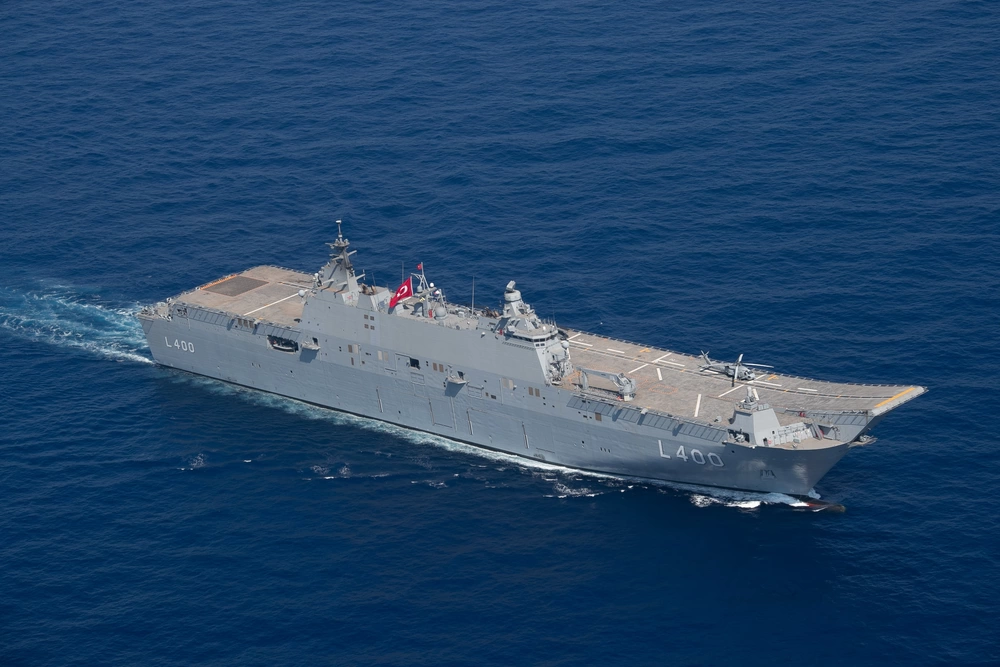
On April 24, the Istanbul Naval Shipyard held a press conference for local and international media to provide an overview of its activities and projects. The issue of the design and construction of the new aircraft carrier was at the forefront of the questions asked by journalists present at the meeting. Through the responses given by officials from the design office, some questions related to the program were clarified.
The first is that both the design and construction of the future aircraft carrier, without an official designation, will be entirely carried out by Turkey, seeking to demonstrate the level of advancement, maturity, and sophistication that the Turkish defense industry in general, and particularly the local shipbuilding sector, has achieved. This will require significant national resources and efforts but aligns with the position that the Turkish government seeks to have on the international stage. Examples abound, with a thriving defense industry demonstrating achievements at all levels, the latest being the maiden flight of its first fifth-generation fighter, KAAN.
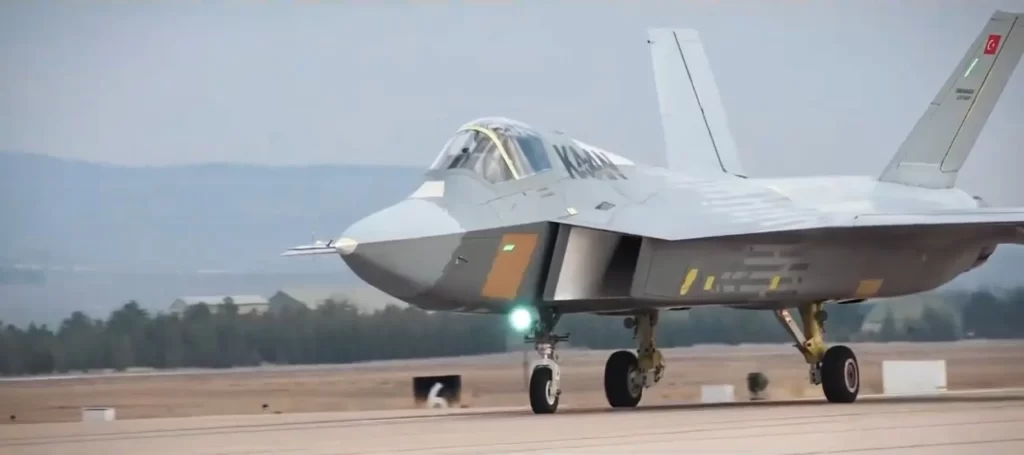
Other questions raised by the press focus more specifically on the characteristics of the aircraft carrier itself, such as what type of takeoff and landing system it will have for launching manned and unmanned fixed-wing aircraft. In response, it was stated that the future vessel will have three runways, two for aircraft takeoff and one for landing.
Regarding this issue, it was expressed that there are currently no plans to incorporate aircraft catapults, so the future aircraft carrier could adopt a STOBAR (Short Take-Off But Arrested Recovery) configuration with the presence of some type of modular sky jump ramp, similar to those seen on Chinese aircraft carriers and the Queen Elizabeth class of the United Kingdom. However, the local development of a catapult system was not ruled out, which could further increase the project’s costs.
Although still speculative, the Turkish government has indicated its intentions for this class of ships to include unmanned aerial vehicles such as the KIZILELMA drone from BAYKAR, currently under development, within its Air Group. Other drones such as the new Bayraktar TB3 could also be incorporated. The overall idea is for the future Air Group to be composed of a total of 50 aircraft of various types, without providing further details.
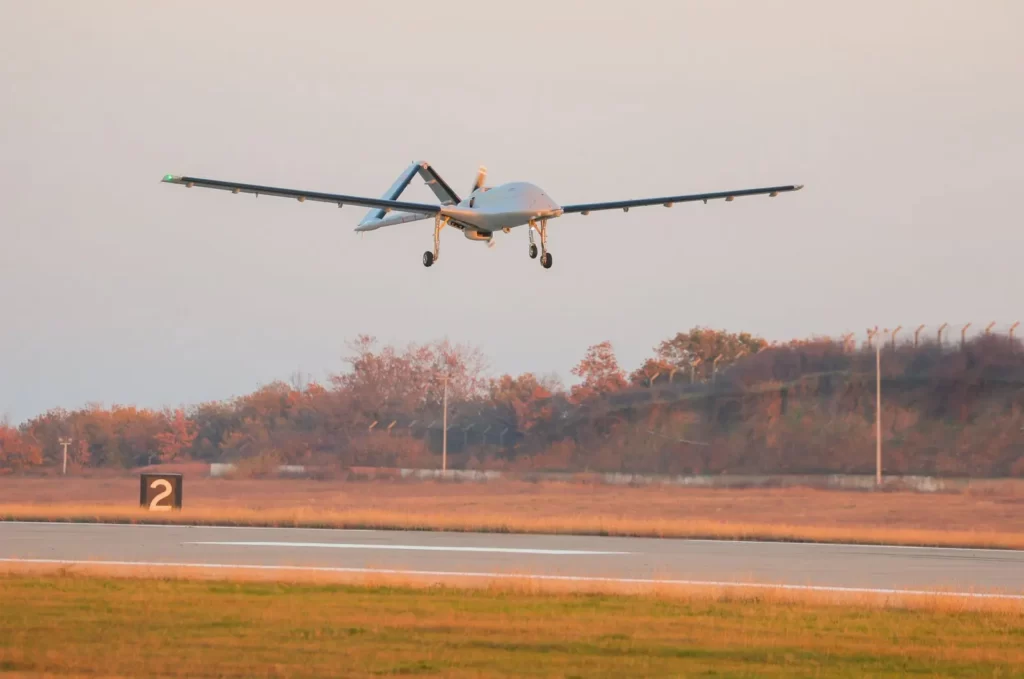
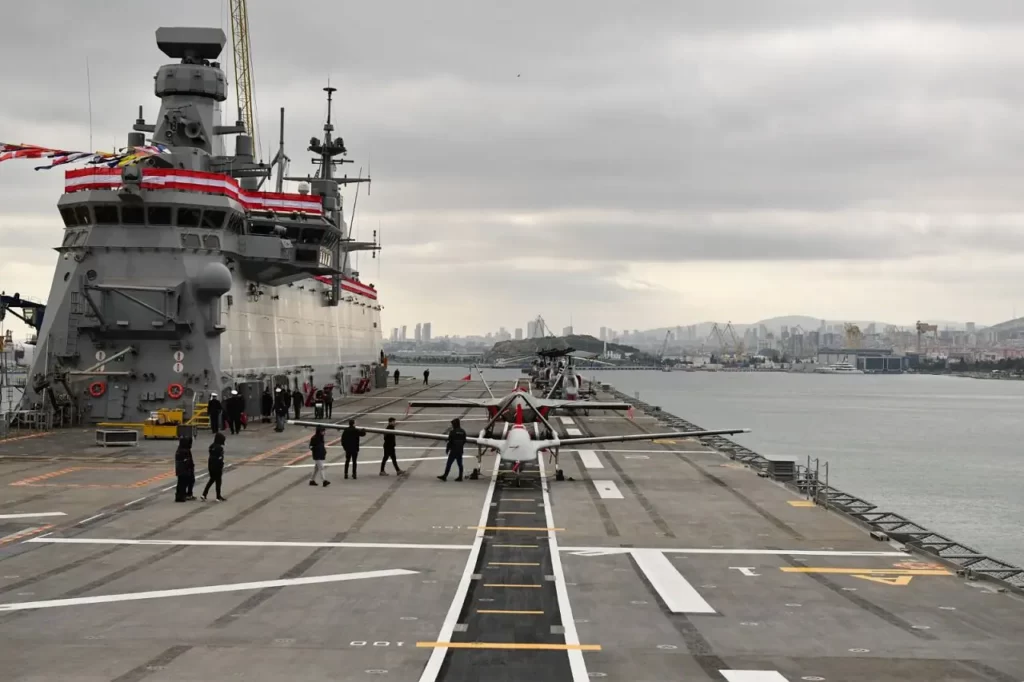
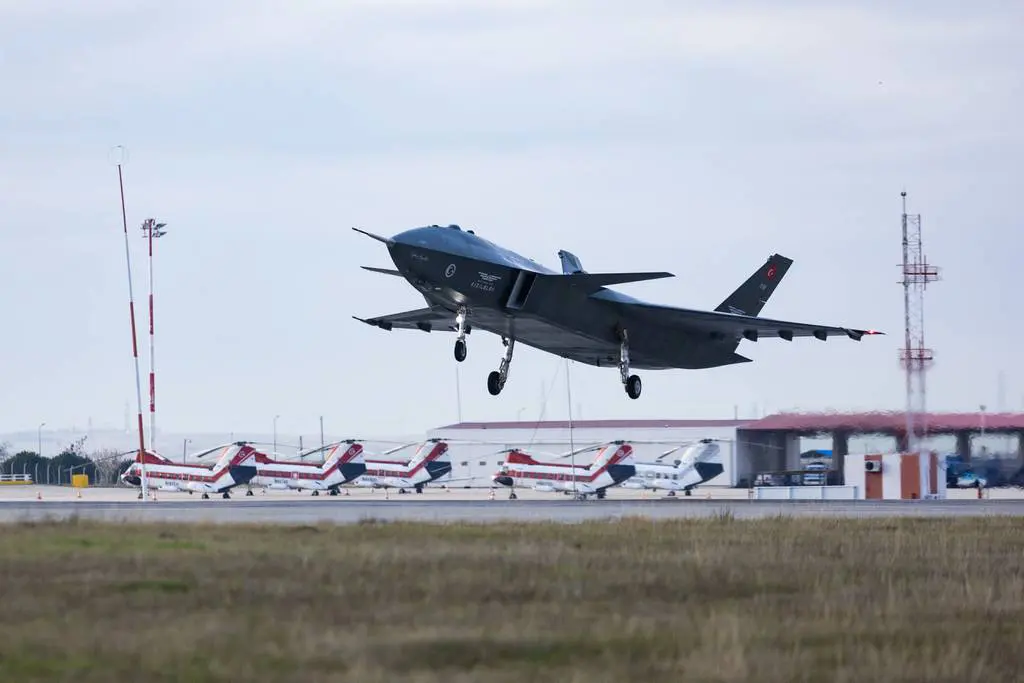
Finally, in terms of defense, the aircraft carrier would feature missile-based air defense systems of the VLS (Vertical Launch System) type, complemented by point defense systems. However, it is also foreseeable that, given the crucial importance of these units and their strategic projection capabilities, they will be escorted by surface and submarine units to form, following modern guidelines, a powerful Task Group.
*Photographs used for illustrative purposes.
You may also like: The F-16s of the Iraqi Air Force will be equipped with a new electronic warfare system: the AN/ALQ-211


